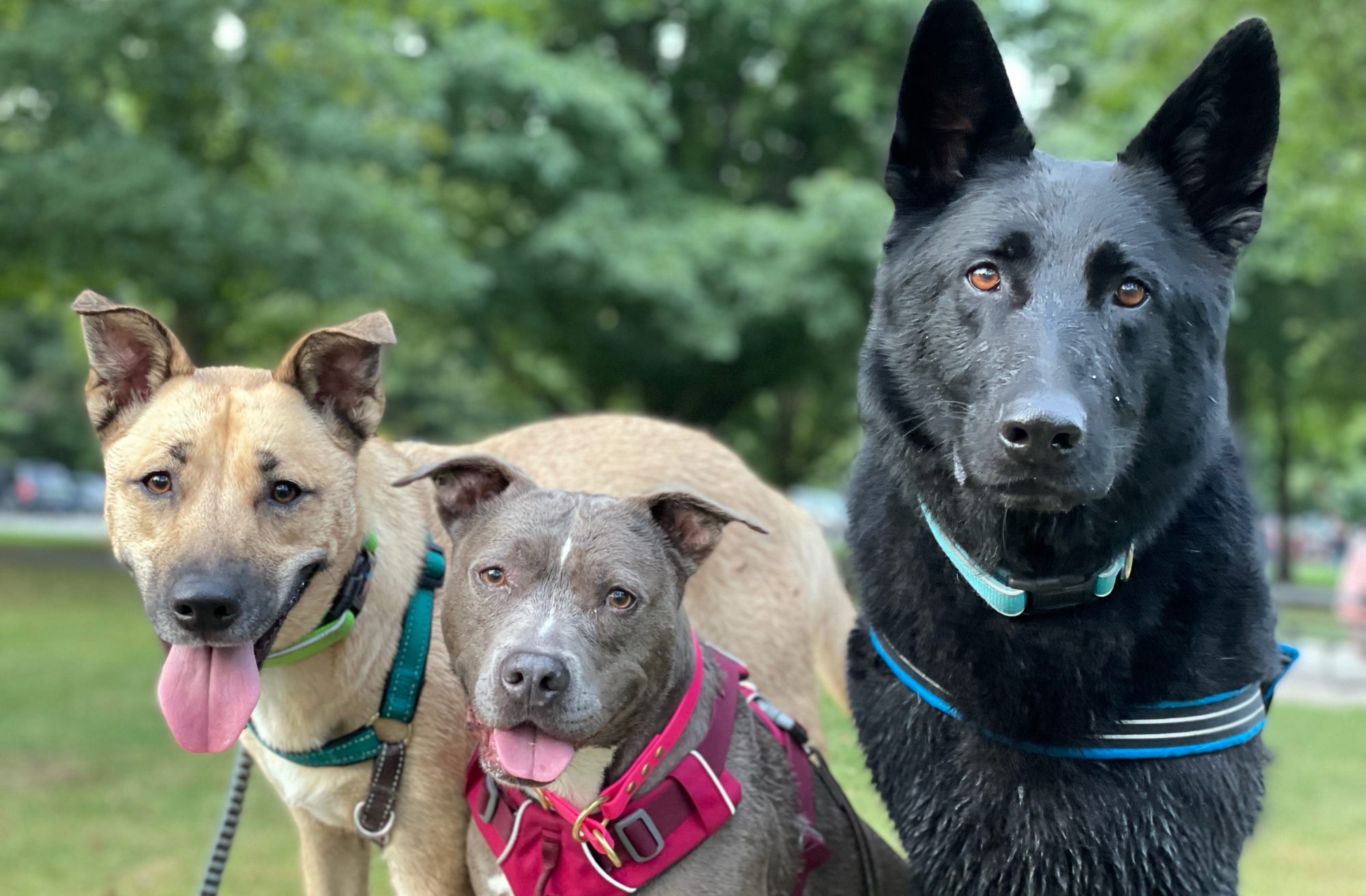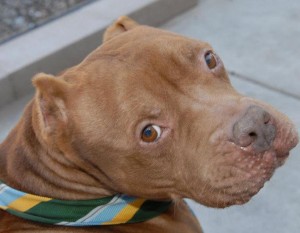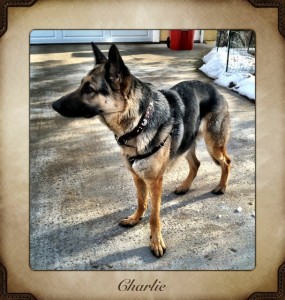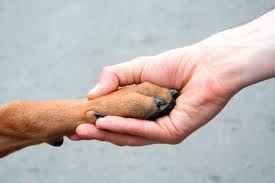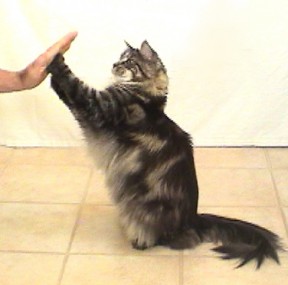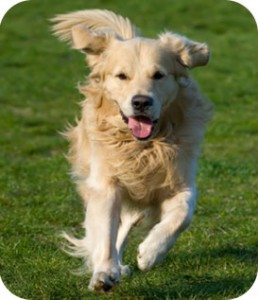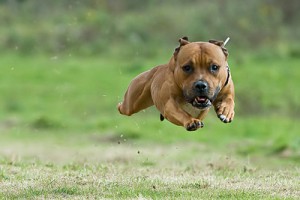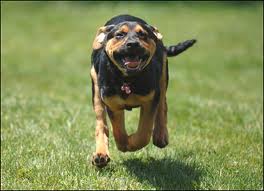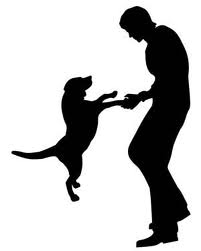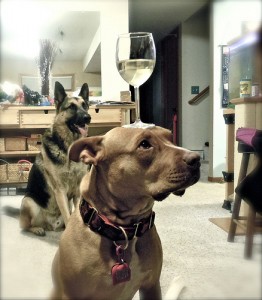This is an Open Letter I sent to the Animal Control Officers and the Community Advisory Board at Minneapolis Animal Care and Control today regarding their policies on bully breed dogs.
To Whom It May Concern-
Last week a dog was posted on the volunteer run facebook page Friends of Minneapolis Animal Care and Control. This dog was tagged for “rescue only” as he is a Pit bull type dog. When I contacted MACC about pulling this dog, I was told only approved rescue groups are allowed to pull dogs. When asked how my rescue group could become approved, I was told that applications were only processed in the fall and to check back then. Meanwhile the dog remained on the web page becoming an increasingly urgent case by each day, since if not rescued he would be euthanized. Last I checked, a group will be coming forward tomorrow to take him, but I found this case upsetting for numerous reasons.
I want to express my concerns and frustrations with MACC’s current policy on bully breeds. First off, I see that MACC already adopts out other animals and that there is an application process and contract people must sign. As many of us who have been working with bully breeds for a number of years—and working with big organizations such as BAD RAP out of CA and Animal Farm Foundation out of NY—can tell you, “Thug America” is not coming to shelters to adopt their dogs. To not even allow bully breed dogs to be put up for adoption by the public is a huge disservice to the dogs. If MACC’s concern really is for the dogs, then make sure all bully breeds are spayed/neutered and micro-chipped prior to adoption and step up the criteria for adopters a bit by making sure they are homeowners or have landlord permission prior to adoption.
Another thing that concerns me is the message MACC is sending to the public about these dogs by only allowing them to go to rescue groups. It sends the message that these dogs are somehow damaged or different. It feeds into the misconception that these breeds of dogs are bad or to be feared; something that many of us have been working hard to change. I’m sure you could get some Certified Professional Dog Trainers or people experienced in understanding dog behavior to volunteer their time to evaluate and assess potential available dogs. Please look into people who are Certified through the ASPCA to conduct the SAFER assessment on dogs, or better yet, train your staff to become Certified. I know myself and possibly a few other trainers would be willing to assist in evaluating dogs and training your staff to evaluate future dogs.
Lastly, the fact that MACC only reviews applications once per year is very frustrating. There are many rescue groups that could be approved to handle these dogs in need and can’t because of bureaucratic red tape. I understand screening rescue groups to an extent, but when outdated policies get in the way of saving more lives, that’s when there needs to be a change. I’d also like to know the statistics on how many rescue groups have pulled dogs in the past that proved to be bad groups to create this policy in the first place.
If MACC isn’t going to change their policy on making Bully breeds available to the public (which would be best), then at least work on changing the policy about reviewing applications. I believe MACC should review applications as they are submitted. I’m sure some volunteers would be happy to work with your organization on checking references and conducting interviews if time management is an issue. Any of us who are in the animal welfare field know very well that funds are tight and resources are strapped, but there is always room for improvement. We are all here to Save More Lives, so why not do more to succeed in that goal!
Thank you for your time and consideration.
Sincerely,
Aditi Terpstra
The only way we’ll see changes made in organizations like MACC is to contact them directly and voice our concerns. Please be professional in doing so, as name calling or negativity will not be helpful. If you’d like to see change, please go to MACC’s web page and contact the appropriate people. Do not take this matter up on the FB page, as that is a volunteer run page and the people we want to receive this message do not use it. Go to MACC directly by emailing them. Thank you!
